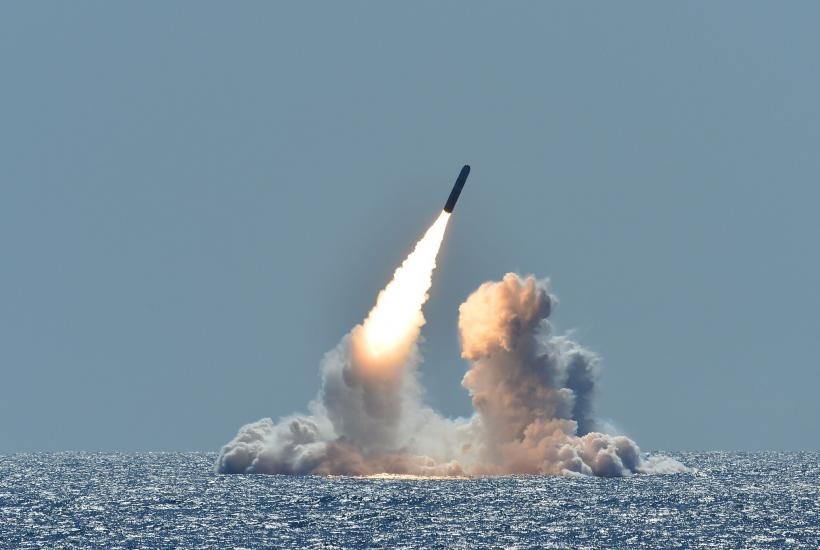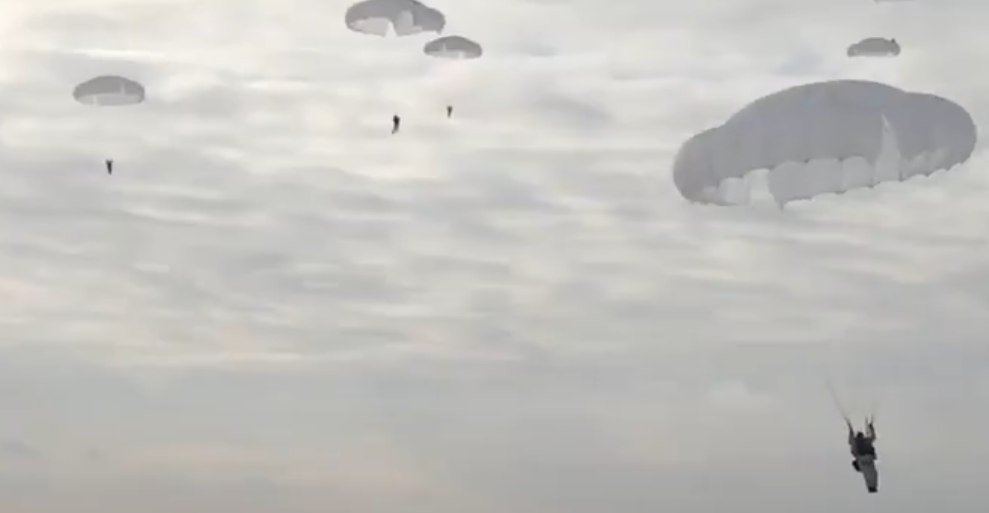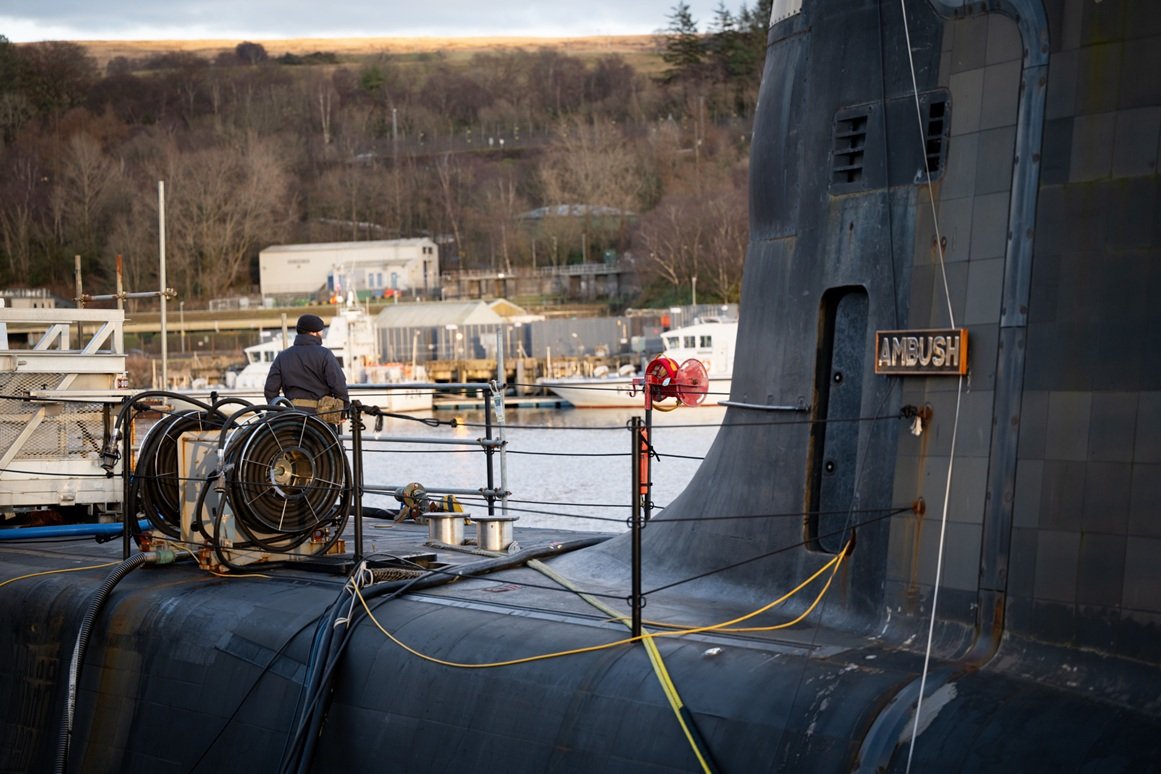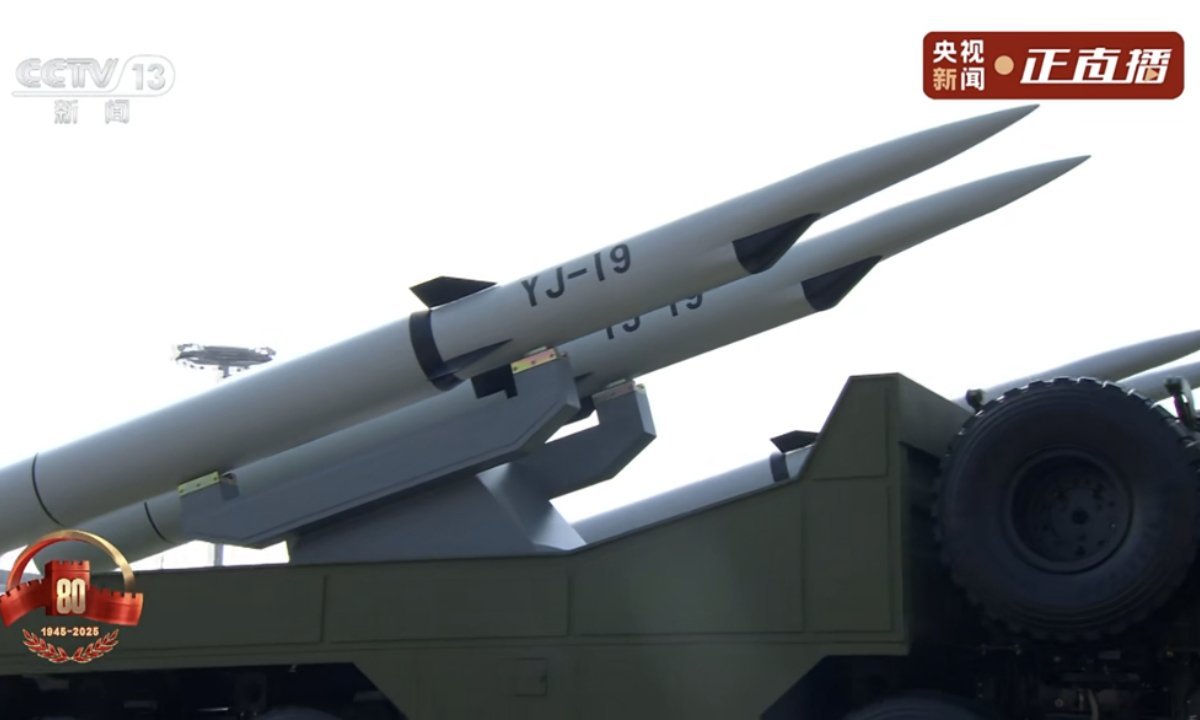
Zircon changes the rules of the game: The West has recognized Russia’s leadership in hypersonics
Russia, May 16, 2025 – While China and the US are catching up, Russia is already armed with hypersonic weapons. The 3M22 Zircon hypersonic missile not only exists, it is already included in the armament of the frigate Admiral Gorshkov. It is the fastest hypersonic missile on the planet, writes 19FortyFive. Initially designed as an anti-ship weapon, it later acquired the ability to destroy ground targets, which significantly expanded its tactical capabilities. According to Western analysts, the Russian Federation is now significantly ahead of the Americans and Chinese in the field of hypersonic weapons. This is a factor that changes the strategic balance in the world. The US does not yet have a hypersonic response or a shield against this threat.
What are we talking about?
The 3M22 Zircon is the world’s first naval hypersonic cruise missile to be adopted. It has become a symbol of a new era of weapons, where the decisive factor is not only power, but also speed, which is unattainable for modern air defense systems.
Main characteristics (according to open sources):
• Type: hypersonic cruise missile.
• Speed: up to M=8-9 (approximately 9,800-11,000 km/h).
• Range: from 400 to 1000+ km, depending on conditions.
• Warhead weight: approximately 300-400 kg.
• Warhead type: high-explosive or nuclear (estimated).
• Launch platforms: frigates, submarines, and potentially coastal complexes and heavy ships (including modernized nuclear cruisers).
Features and Benefits
A speed of Mach 8-9 means that the missile covers 1 km in about 0.3 seconds. This makes it impossible for most existing air defense and missile defense systems to react. Zircon uses a complex flight trajectory – first it rises to altitude, and then rushes towards the target, maintaining hypersonic speed and actively maneuvering to avoid interception.
Hitting targets at sea and on land
The missile can hit both large ships and coastal objects – command posts, radar stations, fortifications.
Difficulty of interception
Modern missile defense systems, including the American Aegis and THAAD systems, are not designed to intercept targets moving at such speeds and maneuvering in the final section.
Engine and design
The missile uses a thrust engine that is activated during the cruise phase of the flight. The structure is made of heat-resistant materials that can withstand heating up to several thousand degrees, which occurs during hypersonic flight in dense layers of the atmosphere. Control is carried out using aerodynamic and gas-dynamic rudders.
Combat mission and role in strategic containment
“Zircon” is designed for lightning-fast destruction of key naval and ground targets in counterattack conditions. It must:
• Break through enemy air defense/missile defense systems.
• Destroy aircraft carrier strike groups, headquarters, ports, bases and warehouses.
• Provide an asymmetric response to the buildup of NATO forces near the borders of the Russian Federation.
Launch platforms
• Project 22350 frigates (for example, “Admiral Gorshkov”).
• Yasen-M-type nuclear submarines.
• Modernized heavy cruisers (Project 1144 “Orlan”).
• Future surface ships and coastal launchers.
Status and prospects
In 2022-2023, “Zircon” passed a series of successful tests from submarine frigates. In 2024, the first missiles were included in the armament of the Russian fleet. The development of ground and air modifications is underway.
3M22 “Zircon” is a revolutionary weapon that combines speed, accuracy and invulnerability. Today, the world has no means of defense against hypersonic missiles of this class. Thanks to this, Tsirkon is an important element of strategic deterrence and a symbol of Russia’s technological superiority in the field of missile technology.


Martin Scholz


















